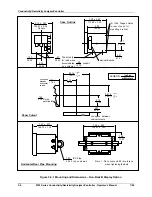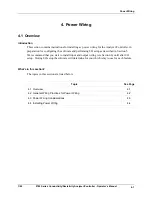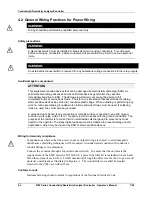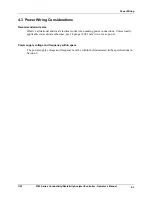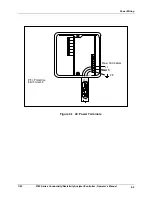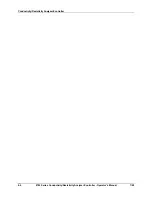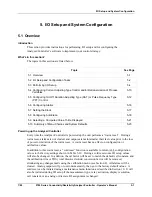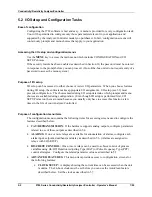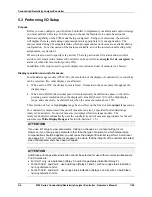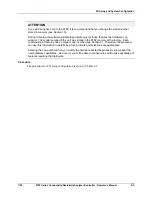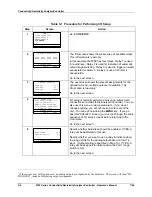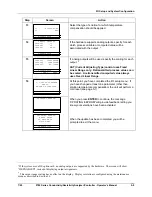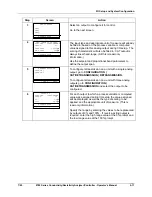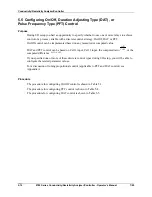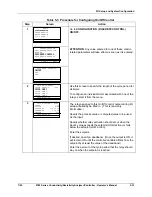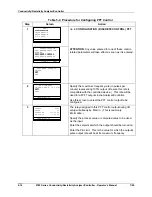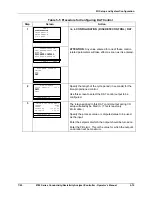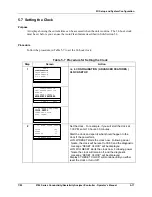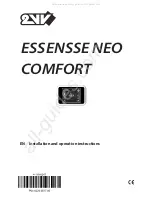
Conductivity/Resistivity Analyzer/Controller
9782 Series Conductivity/Resistivity Analyzer/Controller - Operator’s Manual
7/99
5-2
5.2 I/O Setup and Configuration Tasks
Ease of configuration
Configuring the 9782 software is fast and easy. A menu is provided for every configuration task.
You will be permitted to configure only those parameters relevant to your application and
supported by the Analyzer/Controller model you purchased. In fact, configuration screens will
contain only prompts and menu choices that apply to your application.
Accessing the I/O setup and configuration menus
Use the MENU key to access the main menu which includes CONFIGURATION and I/O
SETUP choices.
If the security feature has been enabled as described in Section 10, the password must be entered
in response to the prompt before you can proceed. (Out-of-the-box units do not require entry of a
password to access the menu system.)
Purpose of I/O setup
I/O setup can be accessed to either choose or review I/O parameters. When you choose features
during I/O setup, the software makes appropriate I/O assignments. I/O setup (see 5.3) must
precede configuration. The choices made during I/O setup determine which prompts and menu
choices are available during configuration. (Even though I/O setup is performed first, I/O
SETUP is last on the main menu because you usually only have to access this function a few
times in the life of your Analyzer/Controller.)
Purpose of configuration menu items
The configuration menu contains the following items for accessing screens used to configure the
features described below.
•
CAT/RETRANSMISSION: If the hardware supports analog outputs, configure parameters
related to use of these outputs as described in 5.4.
•
ALARMS: If one or more relays are available for annunciation of alarms, configure each
alarm input, setpoint, deadband, and delay as described in 5.6. (Alarms are assigned to
relays with I/O SETUP.)
•
DISCRETE CONTROL: One or more relays can be used to achieve control of process
variables using On/Off, Duration Adjusting Type (DAT) or Pulse Frequency Type (PFT)
control strategies. Configure the related parameter values as described in 5.5.
•
ADVANCED FEATURES: This menu item provides access to configuration screens for
the following features:
•
CLOCK SETUP: A display showing the current time can be accessed when the unit
is online. The 24-hour clock must be set before you can use the AutoClean feature
described below. Set the clock as described in 5.7.



